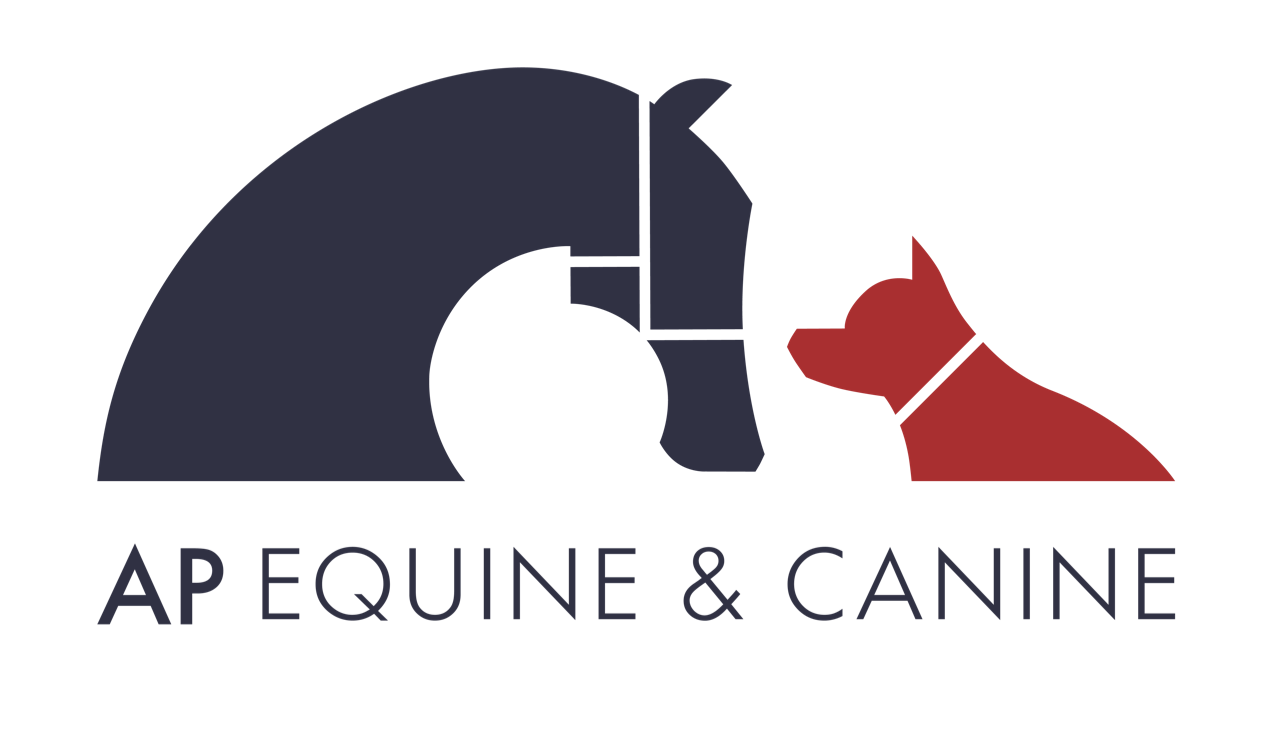TRICEPS
KNOWVEMBER Week 4
••••••••••••••••••••••••••••••••••••••••
🐎 Triceps 🐎
L O C A T I O N :
📌 Starts at the back of the shoulder blade, point of shoulder and into the point of Elbow.
The Triceps is categorised in two parts, Long and Lateral Heads.
Triceps Long Head: The largest portion of the Tricep.
(Caudal border of scapula —�>Olecranon Tuber of Ulna )
Triceps Lateral Heads : This is the smallest portion of the Triceps and is in two parts:
• Medial Head: Inside of the elbow.
(medial aspect of the humerus —�-> Olecranon Tuber of Ulna)
• Lateral Head: Outside of the elbow.
(Deltoid Tuberosity of Humerus—�—> Olecranon Tuber of Ulna)
R O L E :
• Shoulder Flexion (Long Head)
• Brings the forelimb back (Retraction)
• Elbow Extension.
• Stabilises the forelimb when at rest (Passive stay apparatus) (Lateral Head)
D Y S F U N C T I O N :
Main Causes: Injury/strain through discipline, travel, humerus fractures and surgery.
Examples:
• Discipline:
Eventing, National Hunt and Hunt horses are at an increased risk of rotational falls and collision injuries that result in radial nerve damage and fractures. Radial nerve damage impairs triceps function either partially or fully. Leading to muscle wastage, inability to weight bare, stabilise the limb or extend the elbow.
Surgery:
Incorrect placement of the limb when laid down in surgery leading to compression injury of the radial nerve.
• Travel:
Long travel durations or poor travel conditions can cause strain and fatigue to the lateral tricep heads caused by the constant shifting and stabilisation required to stay upright when travelling.
S Y M P T O M S O F P A I N :
• Reduced forelimb stride length.
• Reduced shoulder flexion.
• Leaving a forelimb behind when jumping.
• Refusal to jump.
• Lameness.
• Constantly shifting when standing.
• Inability to stabilise the limb (radial nerve damage)
Note: Not all symptoms may be present at once.
Any Questions Welcome ☺️
⏭Next week Longissumus Dorsi.
Equine Triceps Anatomical Location

